Shrines in the Villages – Shirakawago
Gassho-zakuri – A-frame homes- Villages of Shirakawago
Doburoku Matsuri festival Shirakawa Hachiman Shrine of Shirakawago
- Every year in mid October the Doburoku Matsuri Festival is held in Shirakawago at the Shirakawa Hachimen shrine. The festival has a parade heralded by an eight legged shishi, or Chinese lion, followed by bands playing music, people carrying banners and singing folk songs. The Shishimai or Lion dance is one of the highlights of the festival and has a long cultural history. The traditional folk songs from the region are considered a national treasure being handed down from generation to generation. The long winters and heavy snow left the people of Shirakawa isolated from the outside world. During these periods of isolation they wrote folk songs accompanied by the ‘Shamisen’, a three-stringed banjo like musical instrument. Today, many of these folk songs considered unique and an important cultural asset.
- Listen to the music of the Shamisen – it is quite intriguing….
- Shamisen music
-
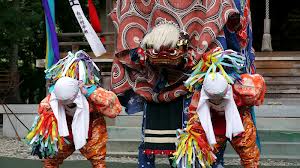
- Doburoku Sake – an offering to the mountain gods
Doburoku is a local unrefined sake brewed at the Hachiman Shrine. Home brewed alcoholic drinks are now banned in Japan people of Shirakawa are given special permission to produce limited quantities of Doburoku for the harvest festival. The sake is first offered at the shrine to the mountain gods for the safety and prosperity of the villages. Everyone attending the festival can then enjoy tasting the sake.
The Doburoku Festival Exhibition hall
The Doburoku Festival Exhibition hall (Yamasa Institute) is next to the Hachiman Shrine. If you are not in Shirakawa at festival time visit the Festival Exhibition Hall. Here you will see some of the costumes worn during the festival, sample the Doburoko sake and watch a short video of the festival procession and festivities.
Gokayama Washi – Handmade paper
At the village of Gokayama we saw more Gassho-zukuri homes. Apart from the beautiful a-frame Gassho houses we spent a couple of relaxing hours making our own sheet of their famous Gokayama washi, a traditional handmade paper, its origins recorded in the Imperial Treasure House dating back 12oo years. The paper, made from a mixture of Kozo (paper mulberry) fibers and Tororo Aoi (hollyhock). This mixture gives wonderful durability and quality to the paper.
Everyone in the tour group enjoyed this experience. Watching an old film on how they made it in the early days under great hardship, mostly from the adverse weather of the region, gave us a greater appreciation of this craft. The same preparation is still carried out today. It was all fascinating learning. We came away with an enlightened view of the art of paper making and its origins, as well as a lovely handmade sheet of Gokayama washi we had each produced under the watchful and friendly eyes of the experts.
Moving on we visited the villages gallery of “Etchu-Washi” where an array of beautiful items crafted from the handmade paper awaited our choosing. A table runner in a very durable grade of paper, decorated with cherry blossoms caught my eye, and a soft fragile handmade piece of ‘washi’ in shades of blue and grey, almost like silk in texture. I couldn’t resist.
Snowfalls in the Villages
Talking about adverse weather, Shirakawago region has one of the heaviest snowfalls not just in Japan but in the world. Yearly average falls are in excess of 10 meters. Snow banks can form up to 2 metres tall. Shirakawago has snow six months of the year with an average low temperature of -5.2.
Related Posts:
- Sensoji-Asakusa Kannon Temple
- The Kabuki Theatre
- Half Day Tokyo Tour
- Tokyo Japan travel to Nikko
- Toshogu Shrine Japan
- Nikko-Lake chuzenji & Kegon Waterfall|Tokyo-Japan-travel
- Mt-fuji-lake-ashi-komagatake-ropeway-japan
- What is an Irori,what is a jizai kagi Takayama gifu province Japan
- Takayama festival floats-matsuri festivals-gifu province japan
- Two headed monster-Sakurayama Hachimangu Shrine-Takayama-Gifu Province
- Hida hotel-Plaza | Farmers Market Takayama Japan
- Sugidama Sake breweries – traditional shops Takayama Japan
- 450 year old cherry blossom trees scenic Miboro dam Takayama
- The old Toyama family farmhouse Shirakawa-go
- Ancient a-frame Gassho-zukuri homes – villages of Shirakawa-go
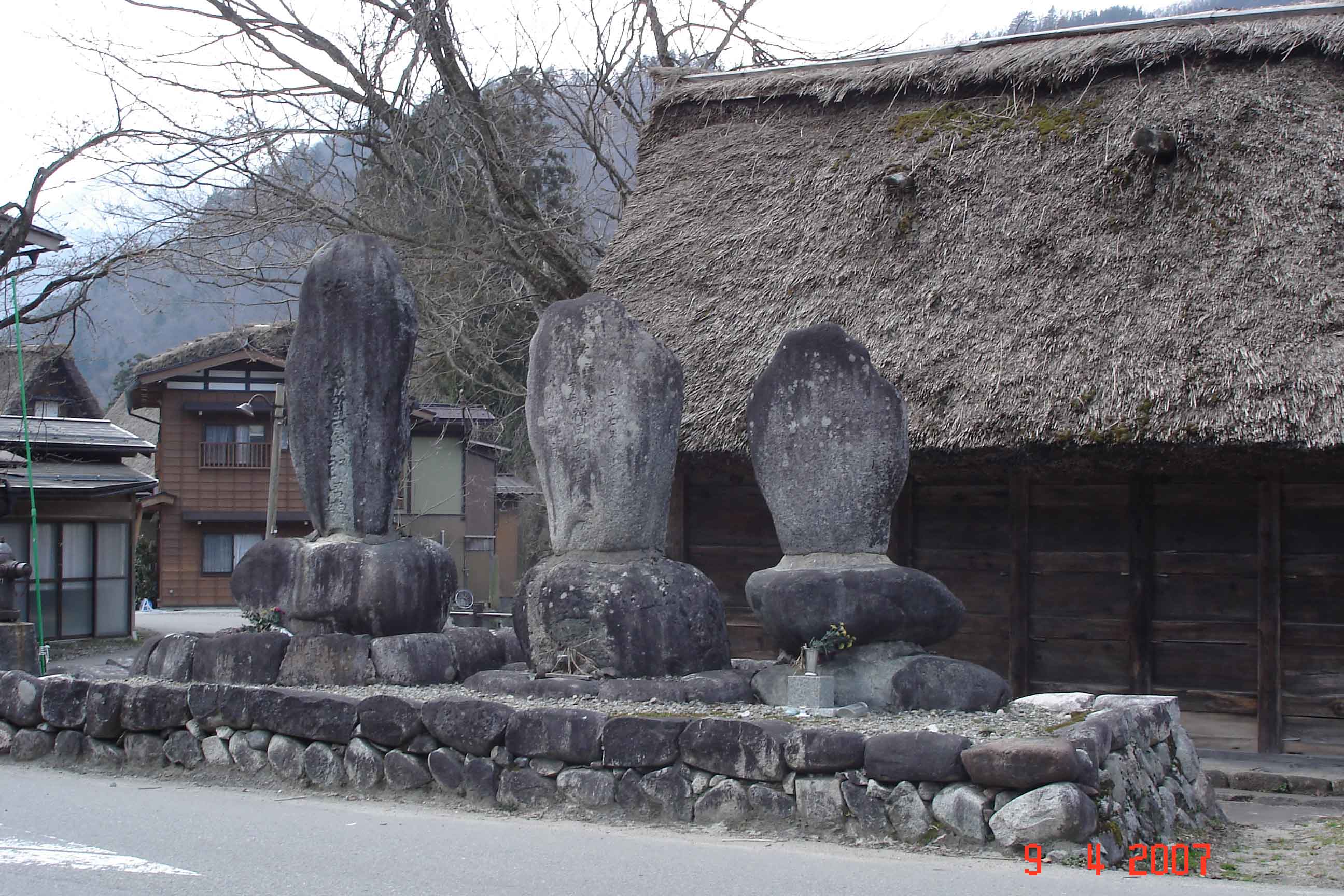
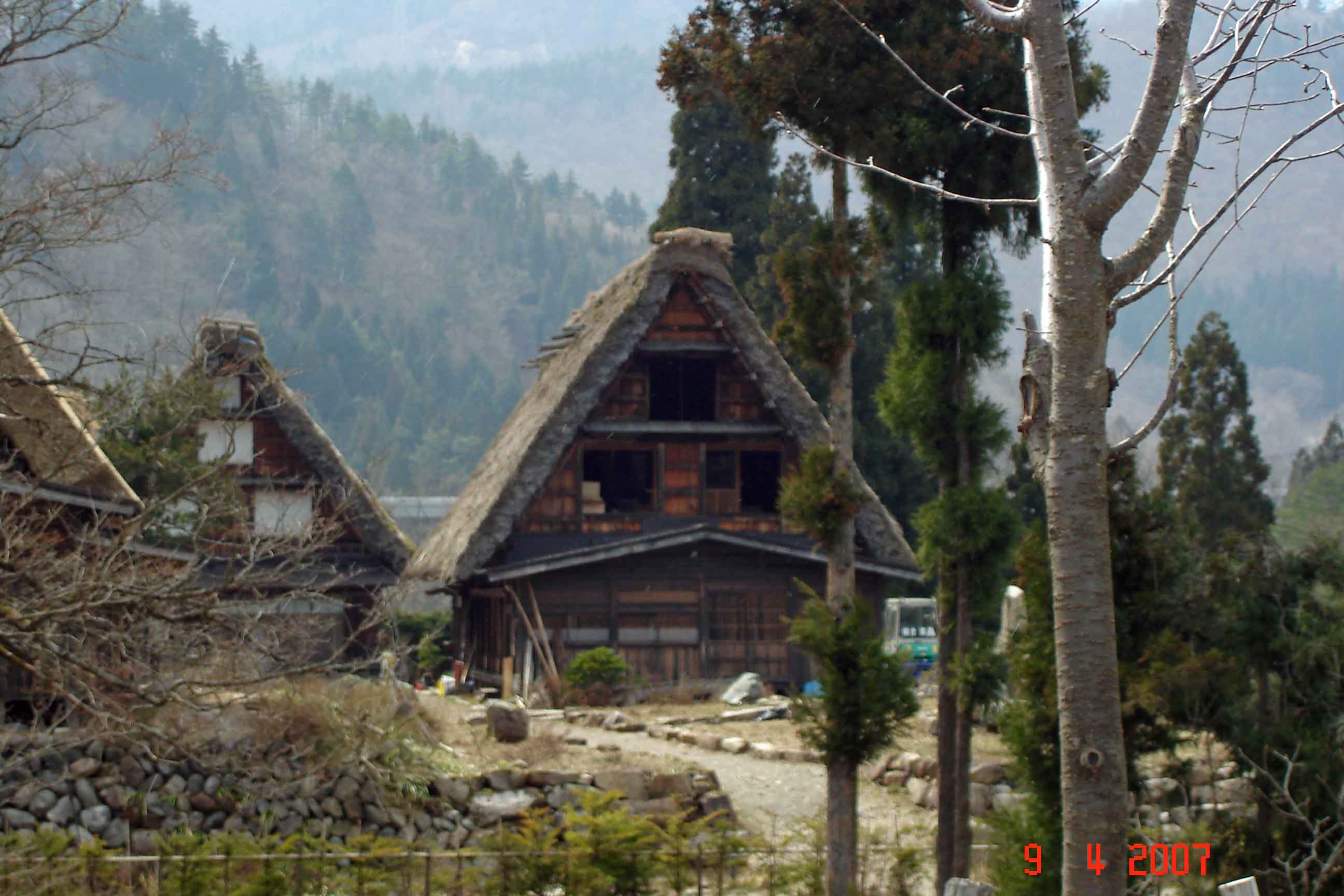
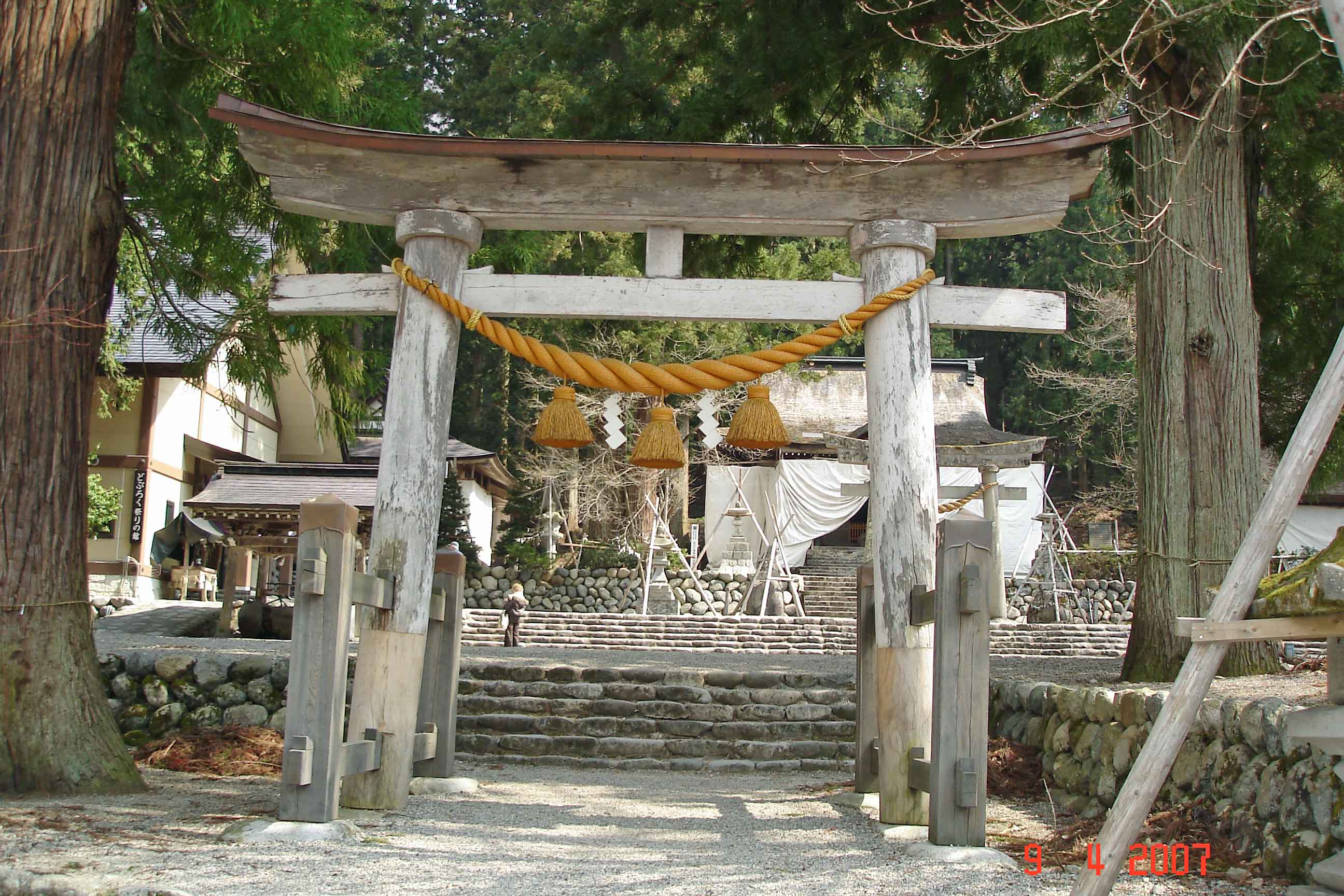
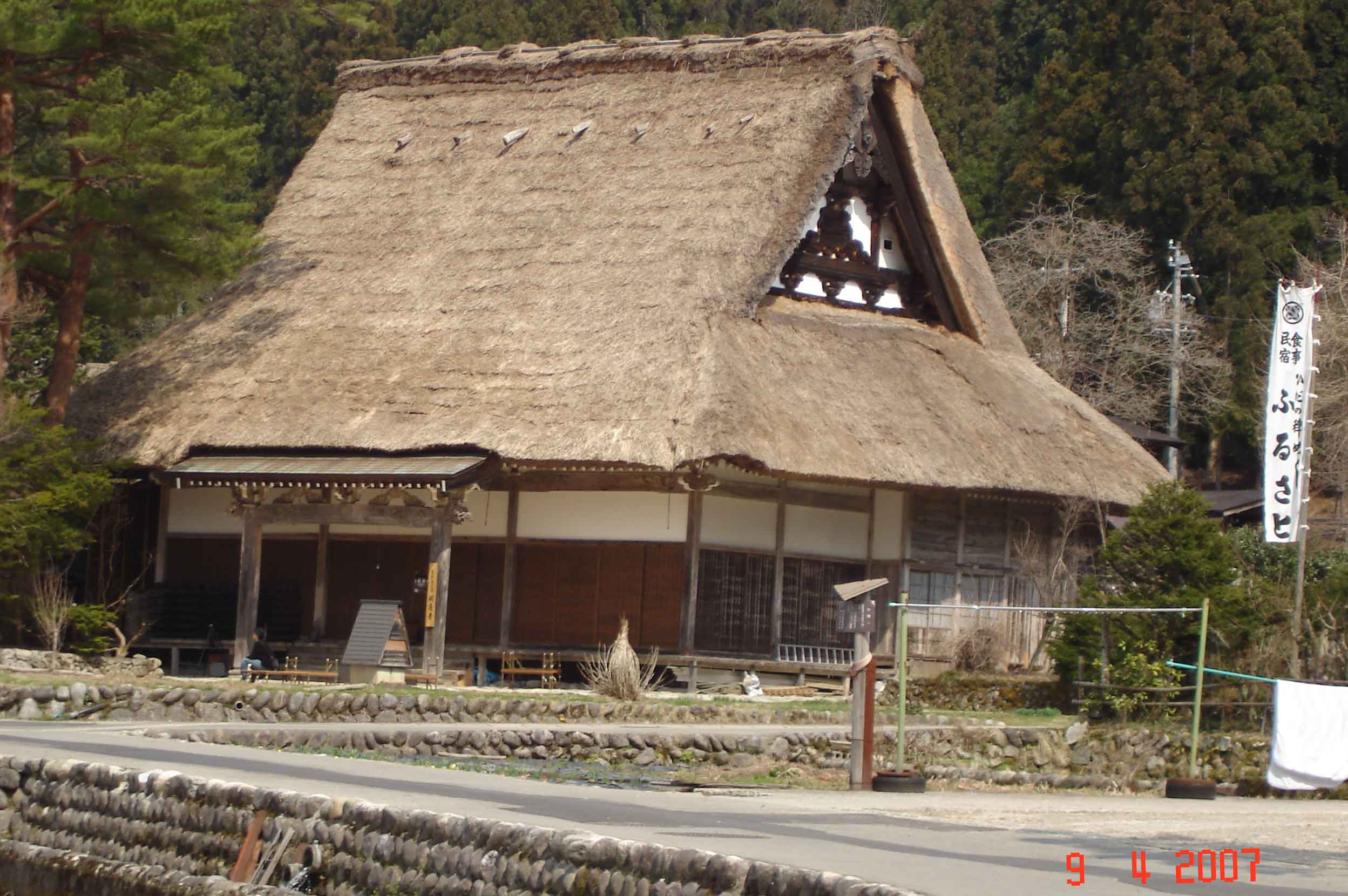
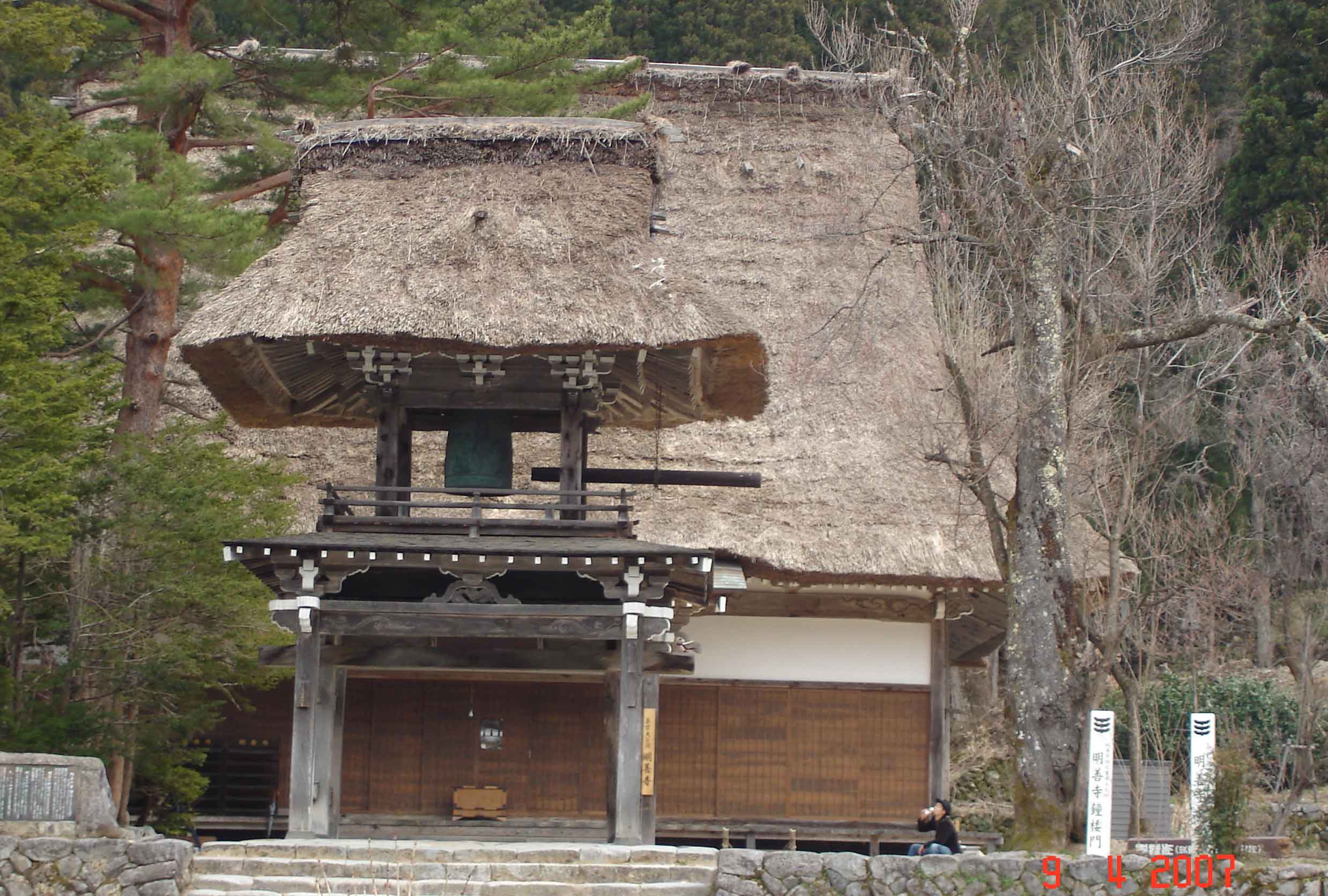
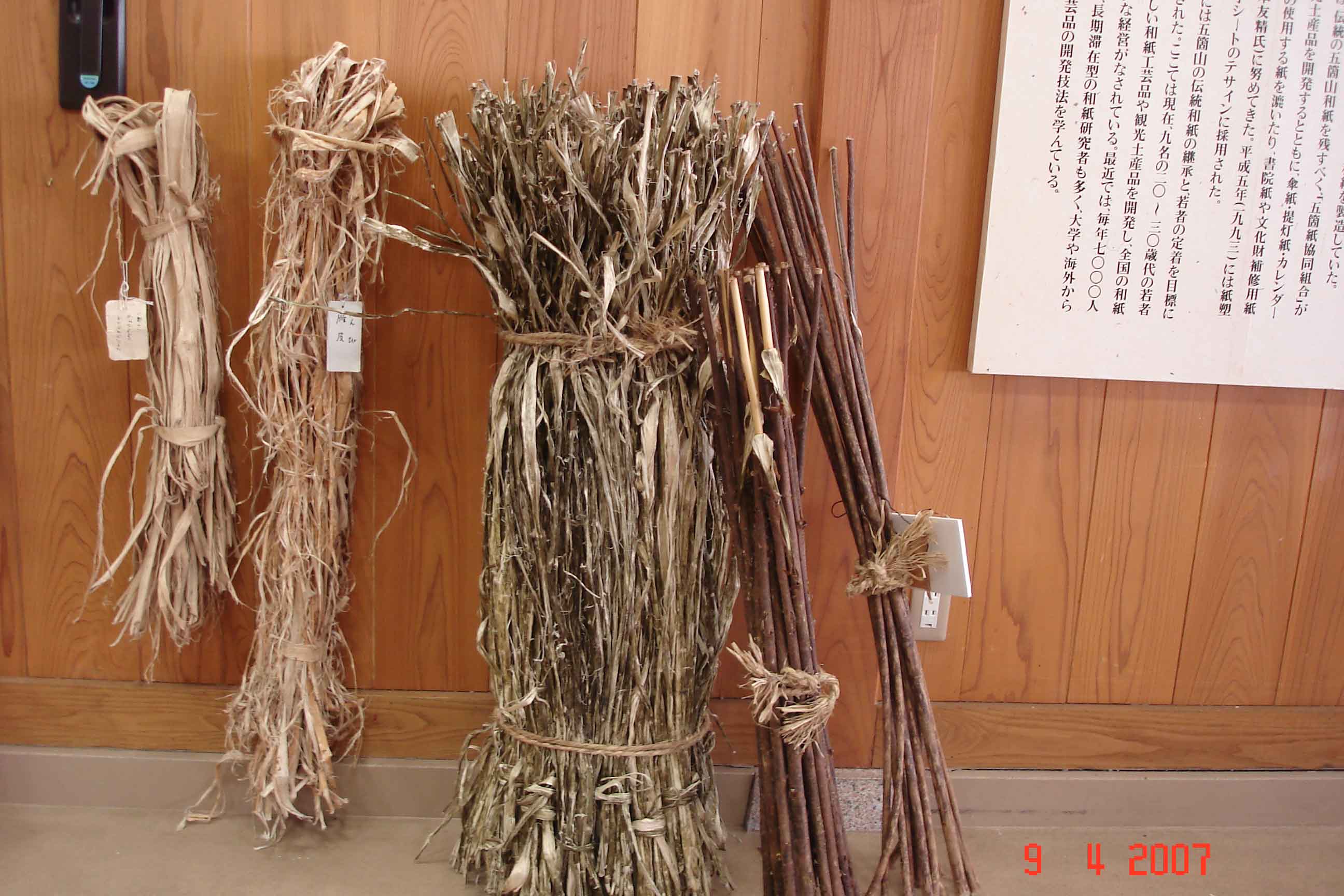
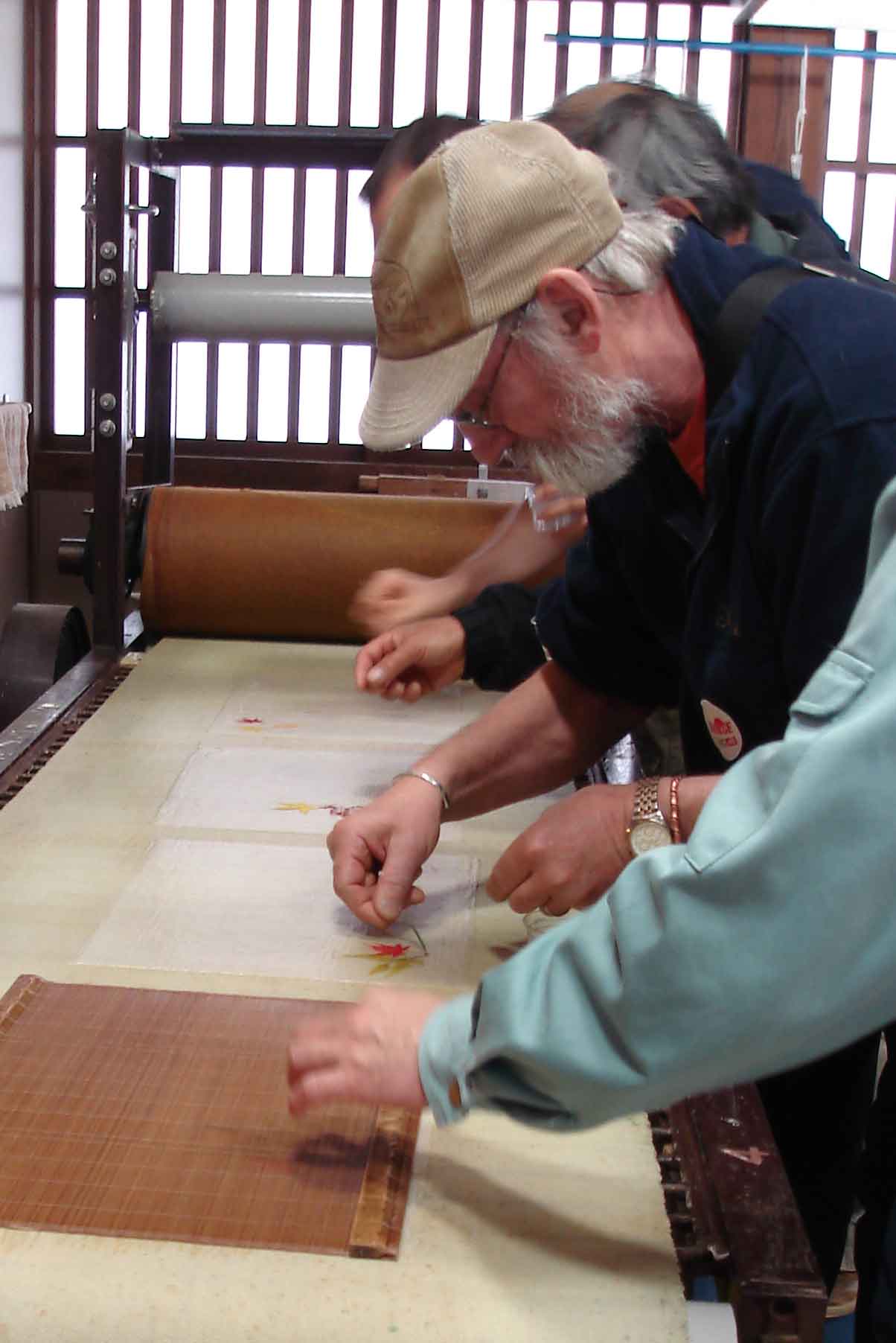
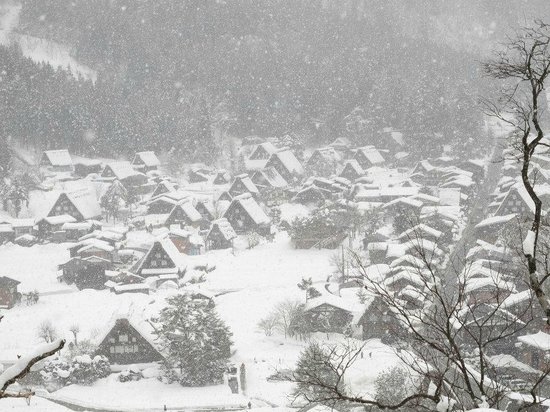
Speak Your Mind